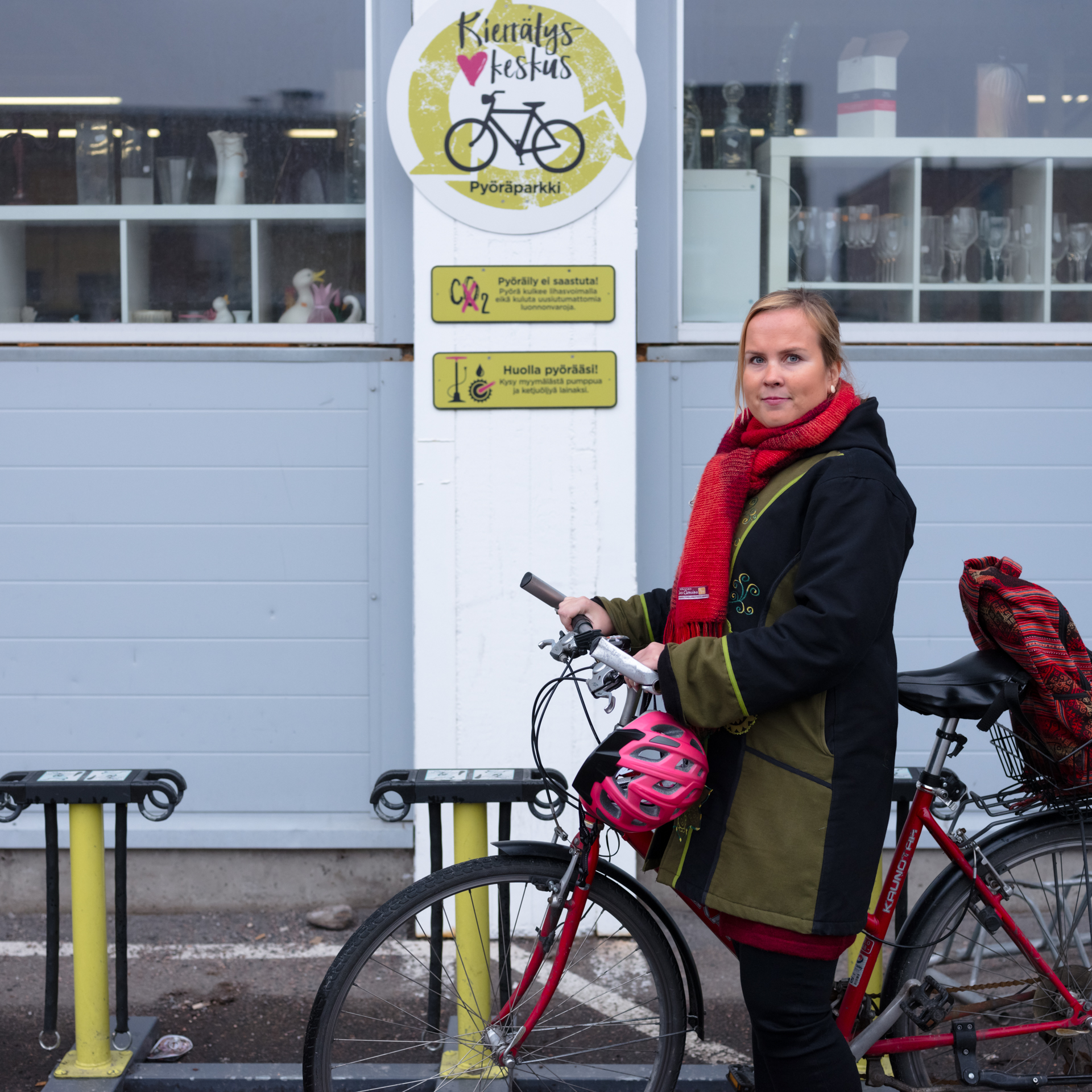Amid the growing concerns over global warming, plastic in our oceans and the problems of electronic waste, there are those who have steadily been developing solutions. In Finland, Kierrätyskeskus (re-use centres) have been going since the early 1990s. Owned by the city council, but run independently, there are now eleven facilities in and around Helsinki, Espoo and Vantaa offering second-hand, repaired and upcycled items. Everything is donated by the public, via drop off centres, or at the shops or via home collection. All profit from the operations is used to improve local environmental and waste services.


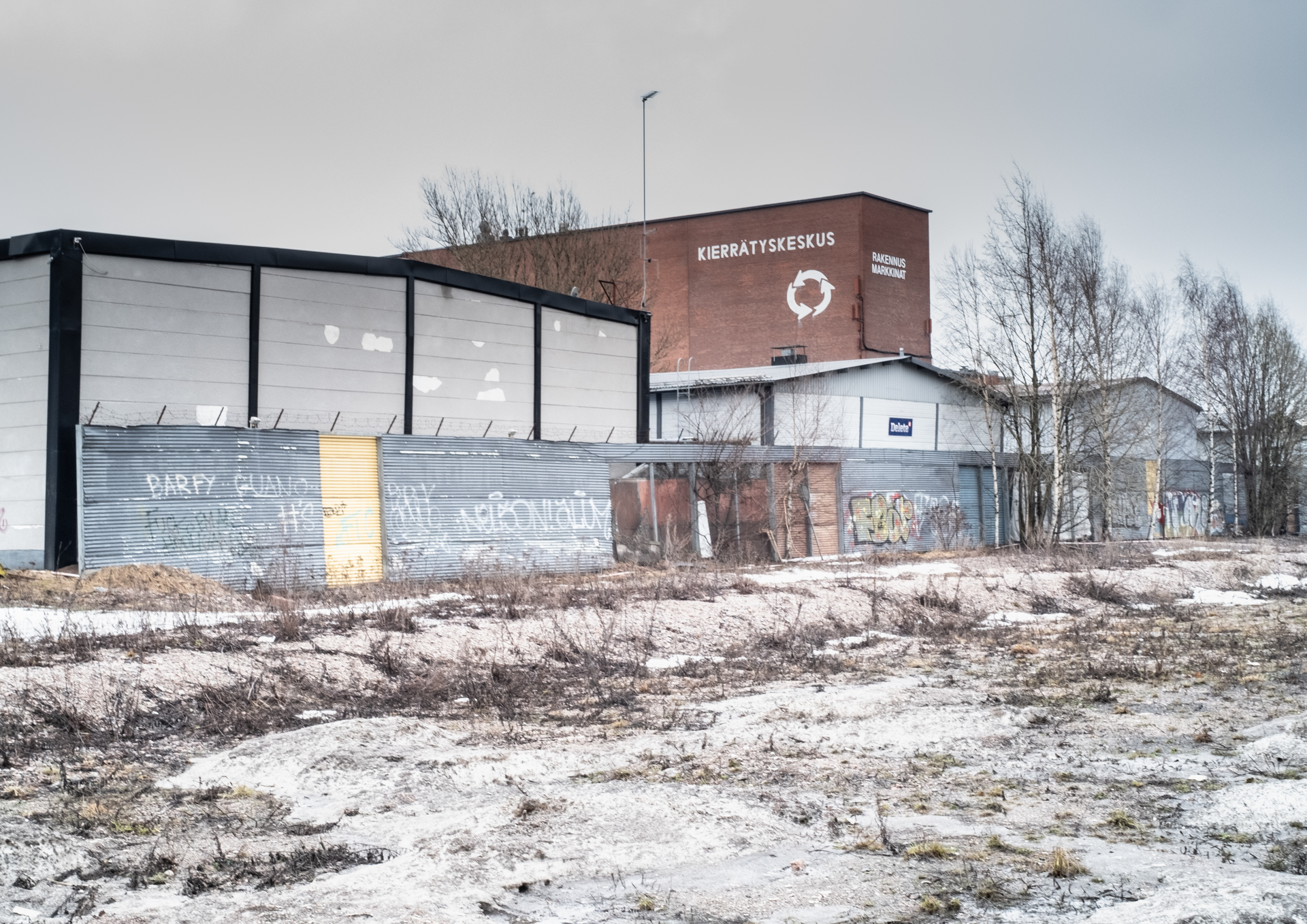
![[solutions1_2]](https://unbroken.solutions/wp-content/uploads/2022/03/solutions1_2.jpg)
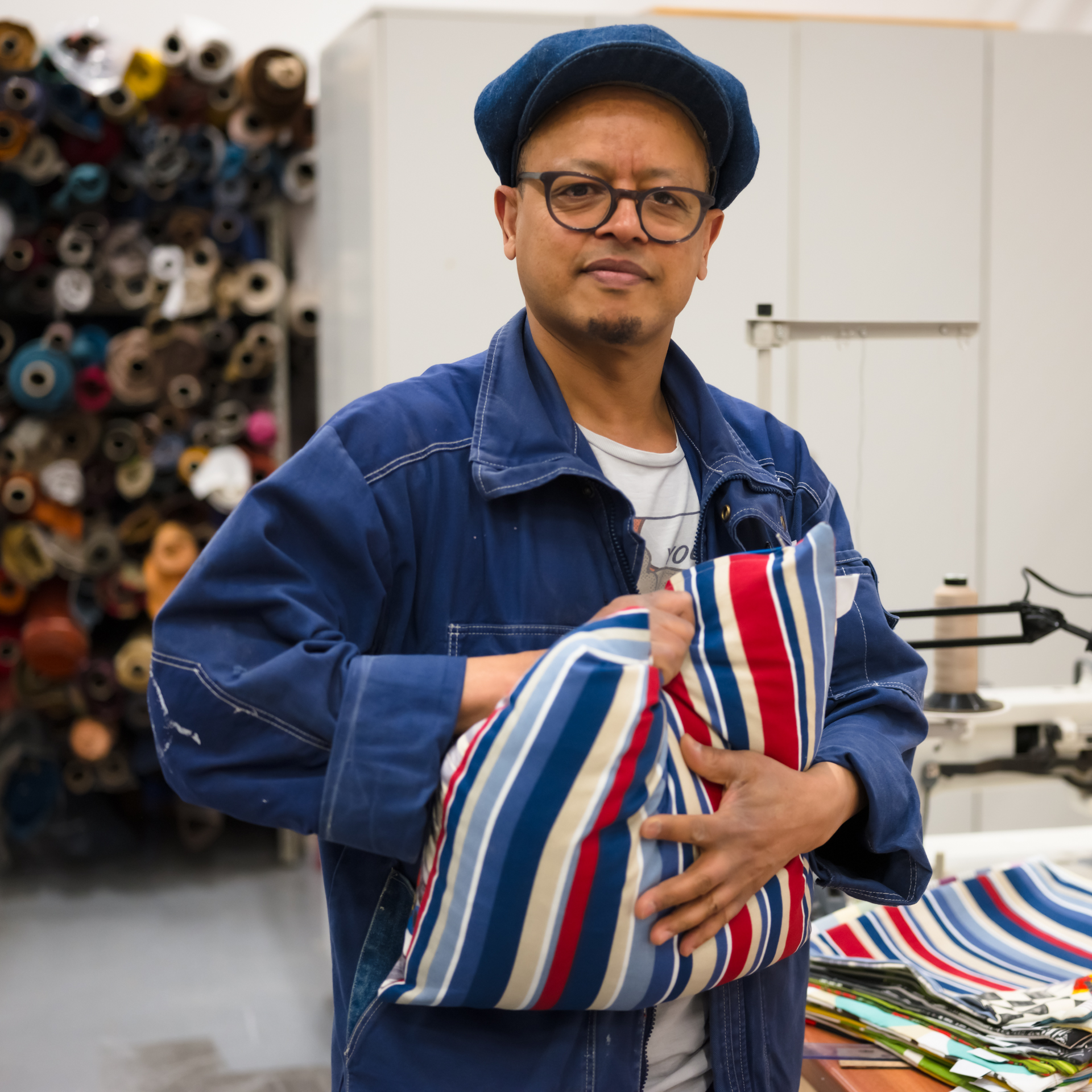
![[solutions1_5]](https://unbroken.solutions/wp-content/uploads/2022/03/solutions1_5.jpg)
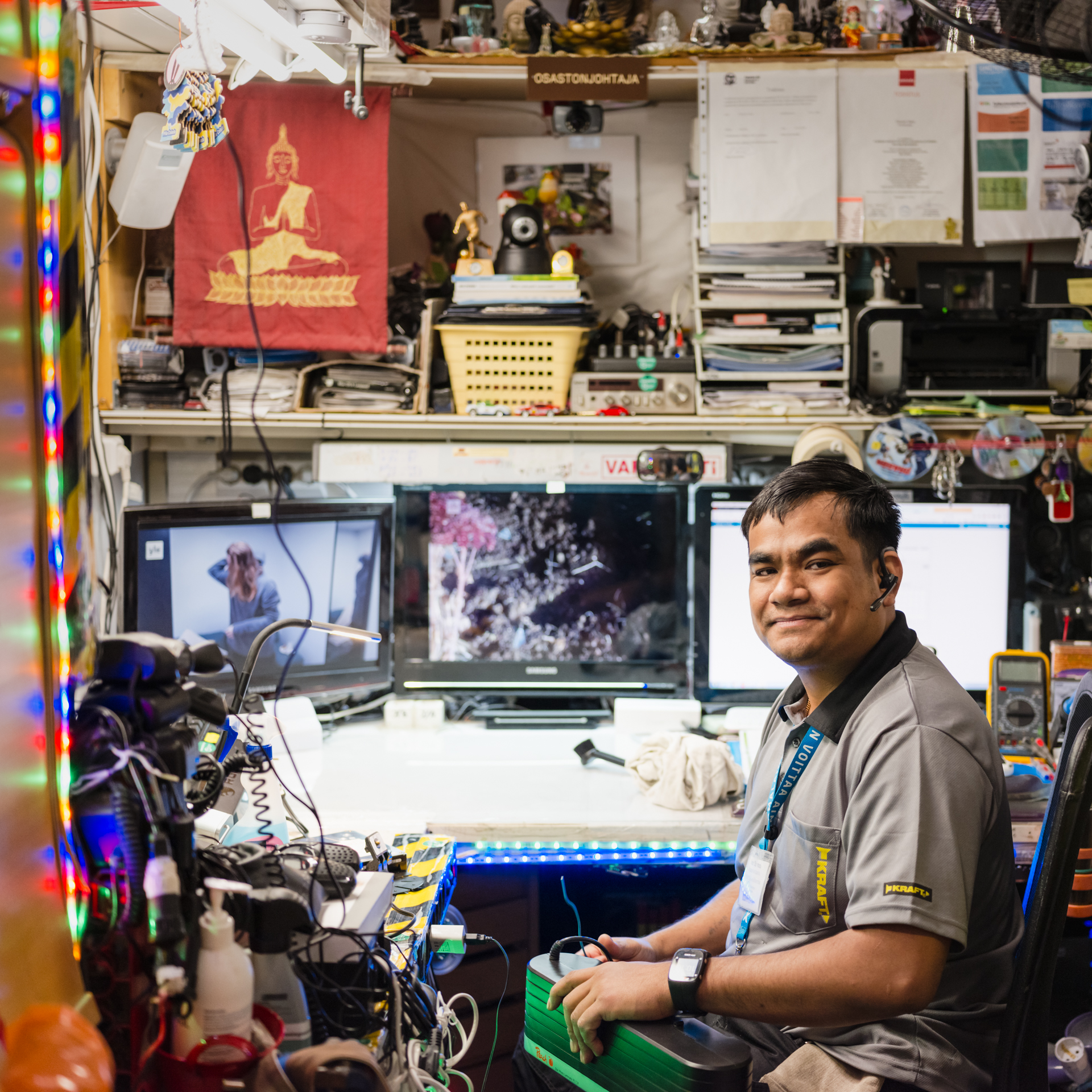
![[solutions1_7]](https://unbroken.solutions/wp-content/uploads/2022/03/solutions1_7.jpg)
![[solutions1_10]](https://unbroken.solutions/wp-content/uploads/2022/03/solutions1_10.jpg)
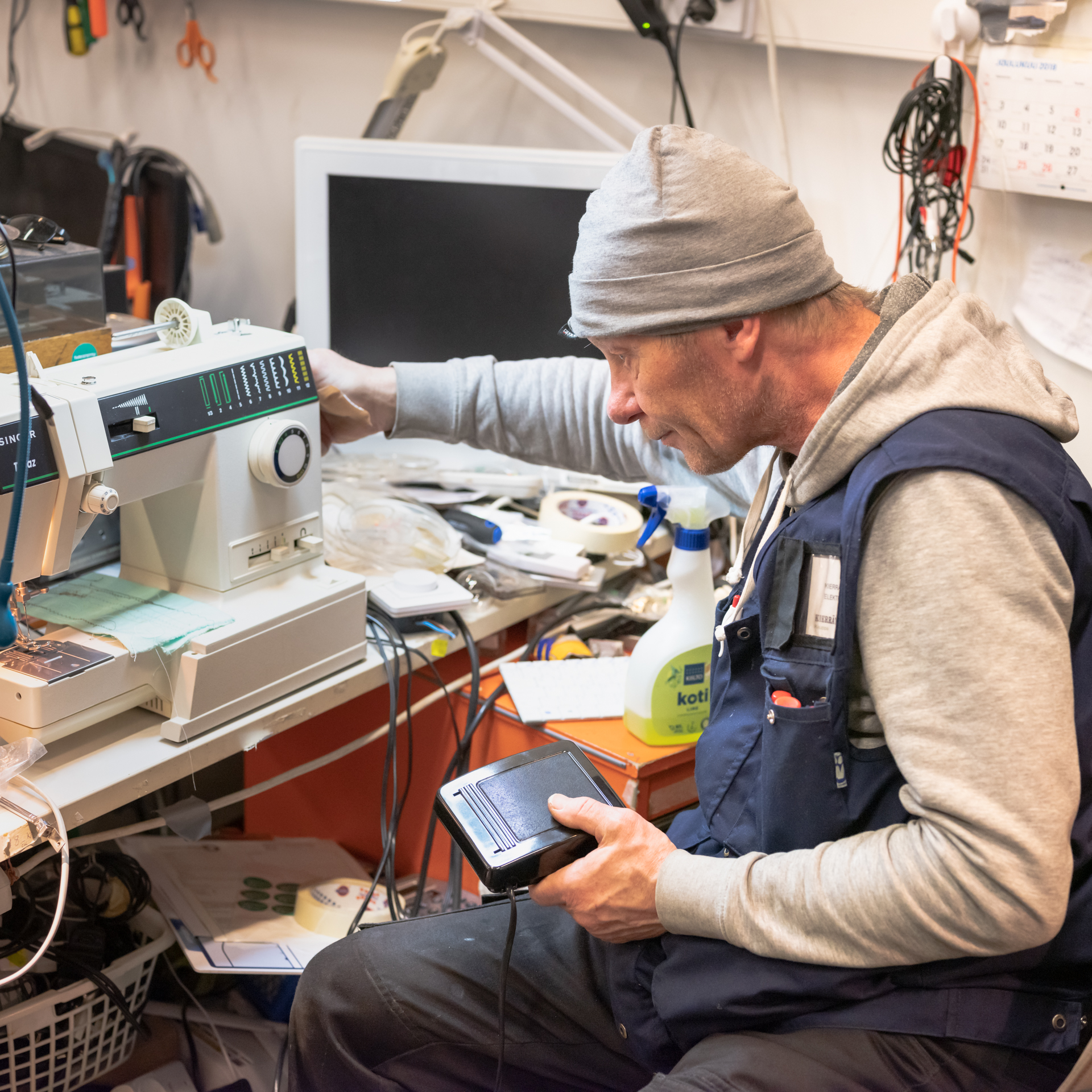
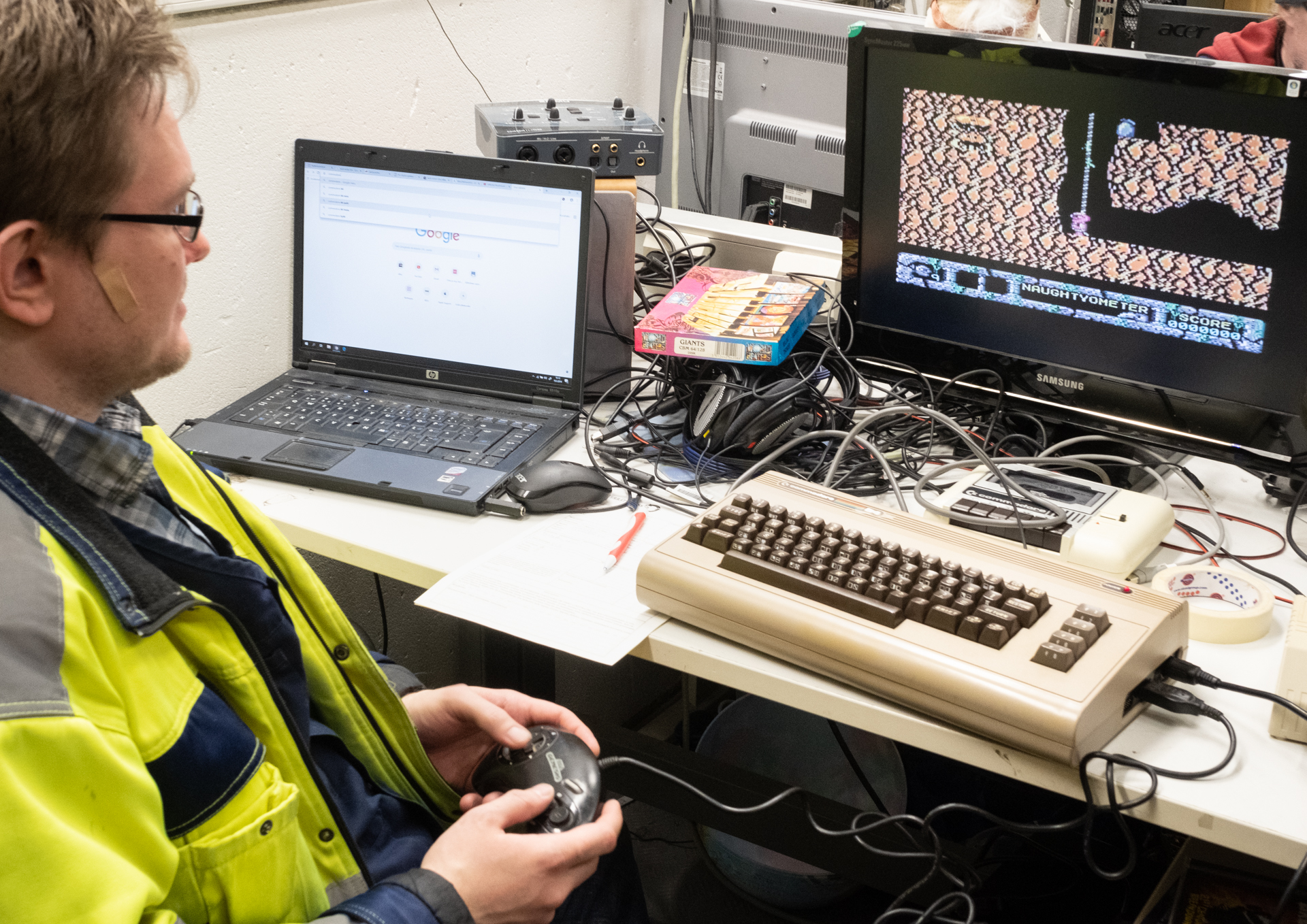
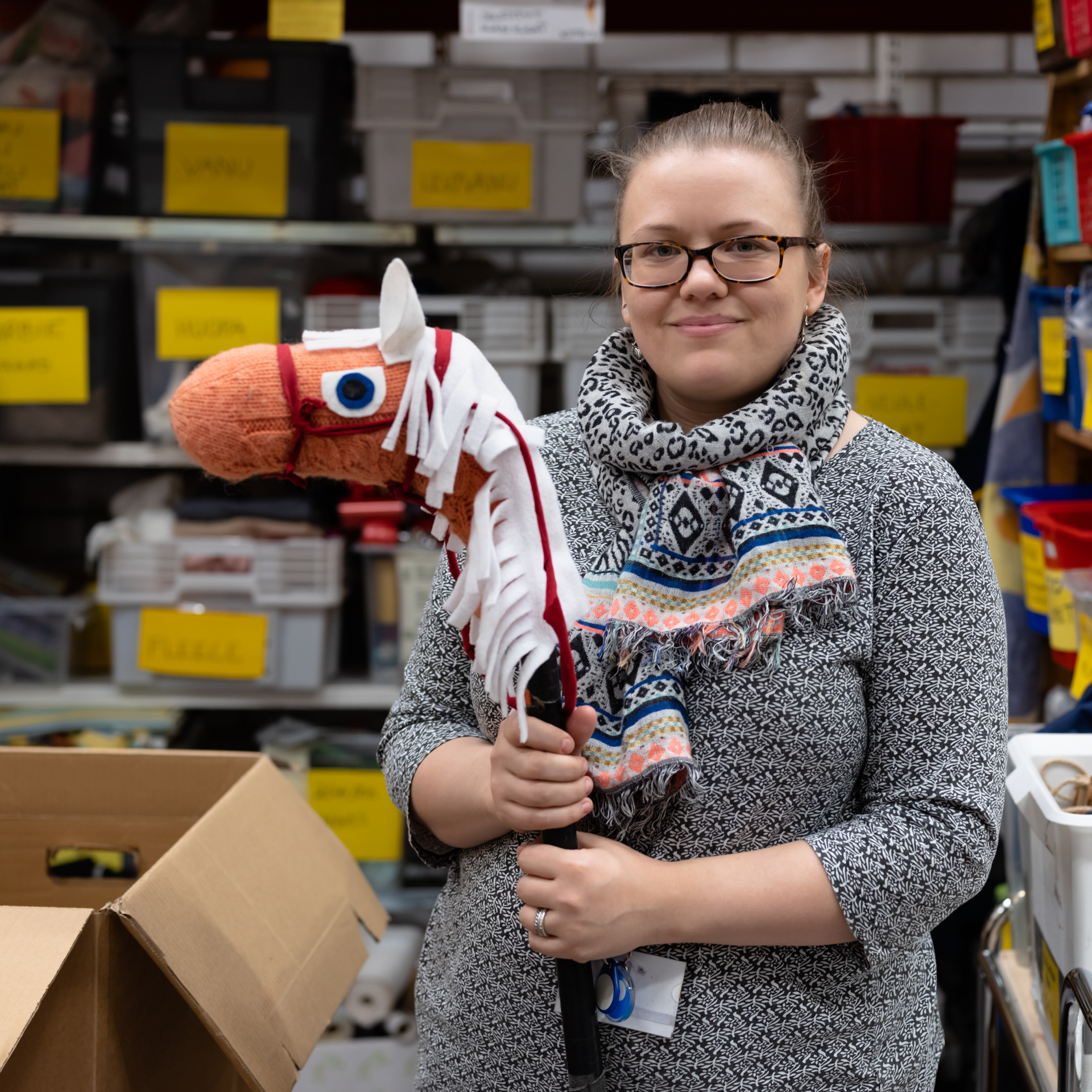
![[solutions1_14]](https://unbroken.solutions/wp-content/uploads/2022/03/solutions1_14.jpg)
![[solutions1_17]](https://unbroken.solutions/wp-content/uploads/2022/03/solutions1_17.jpg)
